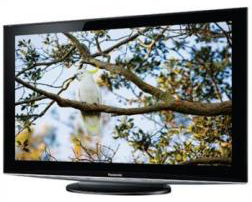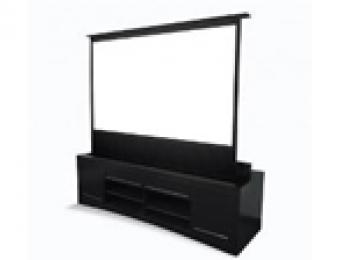
If you're on the market for a new TV, you're no doubt torn between LCD, LED and the plasma. Plasma's good for rich contrast and detail, but requires a glass screen, is normally heavier and uses more electricity. LED and LCD use more or less the same display technology, but LED TVs use LED backlighting, and therefore use far less electricity.
If the LED is a 'full array' or rgb dynamic LED TV, it'll also have LED lights distributed across the entire screen rather than just at the edges, giving a noticeably better picture and colour than an edge-lit LED TV or an LCD TV - and, arguably, better than plasma. Having said that, full array LED TVs are still relatively expensive by comparison.
But which is the best to buy within your budget? There's no real right answer when talking about which one's 'best' - because different things matter to different people. As a caveat too, not all panels and televisions are created equal. Just because a television uses a particular technology, it doesn't necessarily mean that it's built to a high standard, or that it's going to be better than another television using a different technology.
Likewise, paying twice as much for a well known brand won't always guarantee you a better picture quality. When it comes down to deciding, it's always a good idea to take a long hard look at the picture yourself, so that you see with your own eyes what you're getting.
Having said that though, some types do offer advantages over others. Here are a few of the advantages and disadvantages of these different HDTV technologies:
LCD
|
Advantages
|
Disadvantages
|
LED
|
Advantages
|
Disadvantages
|
Plasmas
|
Advantages
|
Disadvantages
|
Size
Depending on the space you have to put your TV into, the size you choose will make a considerable difference. The distance between your couch and set will rely on the resolution and size of your TV, as well as the angle it can be viewed from. Don't make the mistake of buying a TV that's too big for your living room!
If you're looking for something under 40 inches, full array LCD TVs offer the best picture quality, although LCD or edge-lit LED TVs are also suitable. For anything above 50 inches you should look to a plasma TV, as they provide more detail in larger formats.
If you're looking for a model between 40 and 50 inches, either an LED or plasma TV will be suitable.
Budget
If you're looking to stick to a budget, both LCDs and plasmas will offer what you're looking for - LCDs for small televisions, plasmas for larger ones. LED TVs are coming down in price but are still a fair bit more expensive than both Plasmas and LCDs.
All new TVs sold in Australia come with an energy efficiency label, meaning that you can see how much electricity the TV will consume. With electricity prices constantly rising, it's important that you also take into account the ongoing costs to run your television.




